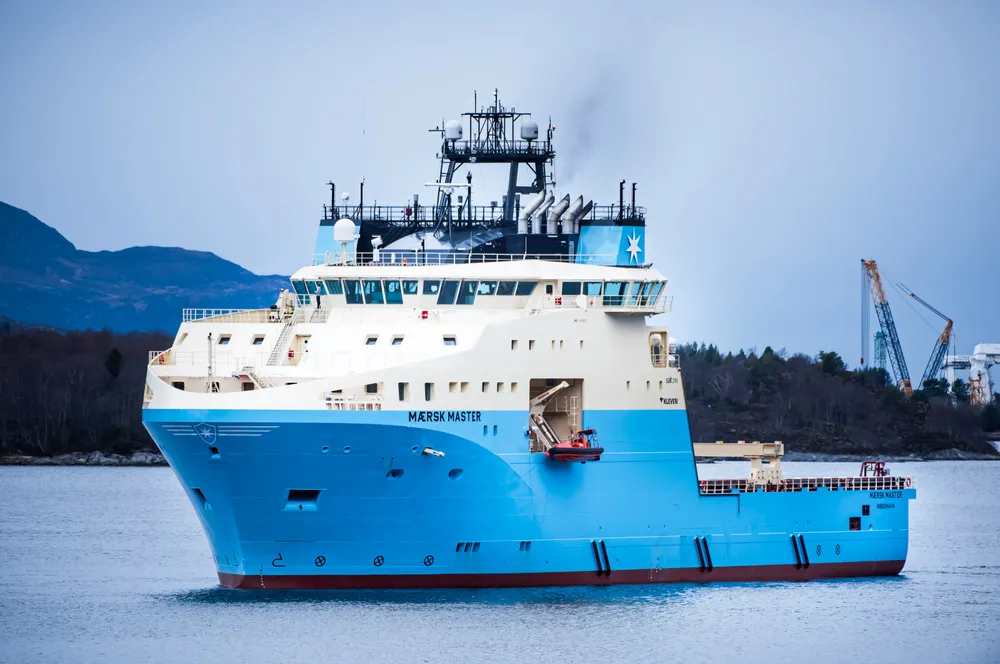Hydrogen-based shipping | We'll use methanol now and ammonia later - if it's ready, says Maersk
Methanol still the best bet for quick scale-up of decarbonised fuels, says Danish shipping giant, but it is keeping ammonia in its sights

Methanol still the best bet for quick scale-up of decarbonised fuels, says Danish shipping giant, but it is keeping ammonia in its sights
